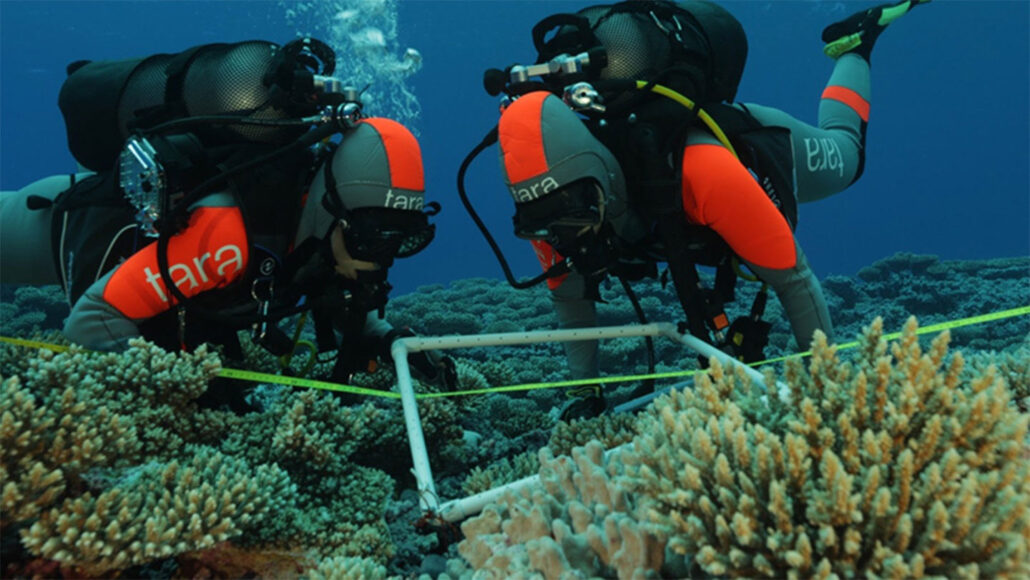Unveiling Earth's Concealed Biodiversity: Coral Reefs House Myriads of Bacteria

Coral reefs are not just homes to fish, they are also thriving with bacteria. According to a study published in Nature Communications on June 1, nearly 3 million varieties of bacteria are present in reefs across the Pacific Ocean, which suggests that Earth's microbiome has been vastly underestimated by scientists. Pierre Galand, a microbiologist from Sorbonne University in Paris, mentioned during a news conference on May 31 that the new count of bacteria in the Pacific Ocean's coral reefs falls within current estimates for the total microbial diversity of Earth. This implies that there are exponentially more bacteria living on the planet than previously thought.
Coral reefs are incredibly diverse ecosystems that rely on microbes to stay healthy and thrive. Bacteria provide corals with the nutrients they need to survive or protect themselves from diseases. For example, probiotics can help prevent deadly heat stress. However, the number of microbial species found in these reefs is currently unclear, since most studies focus on animal species in a specific area or only one species. Global surveys are difficult to execute.
During the Tara Pacific Expedition from 2016 to 2018, Galand and his team collected samples from 99 coral reefs, plankton, three coral species, and two fish species. They were able to amass 5,392 samples and categorize how many different bacterial varieties lived within each one through genetic analyses. Despite the word "species" not being effective in describing microbial life, the team identified more than 540,000 bacterial varieties residing in the three types of organisms alone. This number alone accounts for about 20% of current estimates of all bacteria living on Earth (2.72 million to 5.44 million). Based on how many species of fish and coral inhabit the western and central Pacific, Galand and his team calculated that coral reefs from that region alone contain at least 2.8 million varieties of bacteria.
Galand believes that such diversity could serve as an "ecological insurance" for reefs. Multiple types of bacteria may help coral polyps in the same way, ensuring that the coral-building creatures obtain vital nutrients. With a vast array of bacterial varieties, some may replace others that are in danger, such as when high temperatures cause the bacterial population to crash.
However, the estimates could still be low, according to Jennifer Biddle, a microbial ecologist from the University of Delaware in Lewes. Counting something invisible to the naked eye is difficult, and scientists are often unaware of organisms that molecular tools to look at genetic material exclude. "We're always undercounting microbes with the methods we're using," Biddle notes.
Our mission is to provide accurate, engaging news of science to the public. That mission has never been more important than it is today.
As a nonprofit news organization, we cannot do it without you.
Your support enables us to keep our content free and accessible to the next generation of scientists and engineers. Invest in quality science journalism by donating today.




